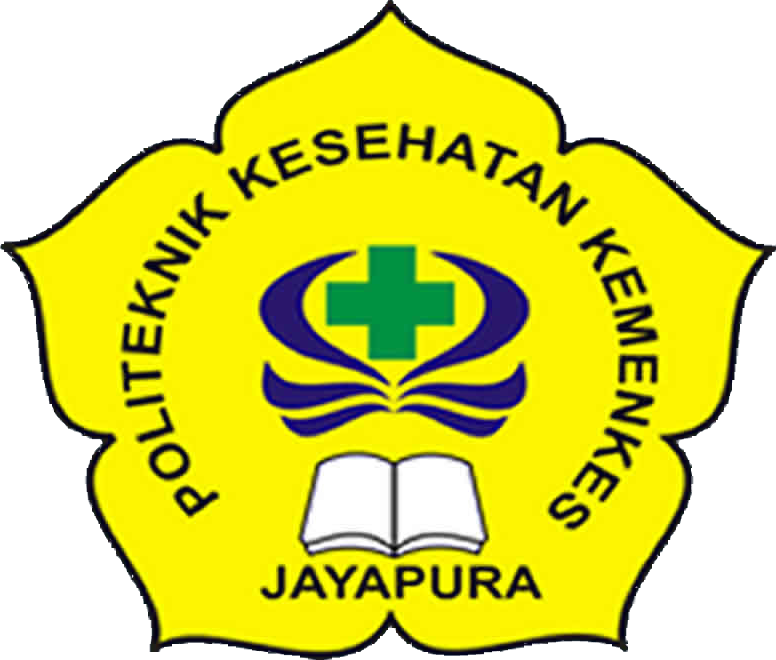USE OF PERSONAL PROTECTIVE EQUIPMENT AGAINST BURNOUT AMONG NURSES
Abstract
Positive cases of Covid-19 continue to increase in almost every country. Globally, there are approximately 113 million positive cases with 2.5 million deaths. The country with the highest number of positive patient cases is the United States, with 28 million cases. Indonesia is ranked 18th with a total of 1.3 million positive points and 35 thousand cases of death. Nurses are frontline health workers who care for Covid-19 patients. Nurses must use personal protective equipment (PPE) to carry out their duties. The use of this PPE can protect its users. The use of PPE at level 3 during the Covid-19 pandemic, as it is now for a long time, is one factor that can trigger burnout. Data states that 2,707 people from 60 countries say that health workers are experiencing burnout due to the Covid-19 pandemic, which has not gone away and has even increased. The impact of this burnout causes nurses to feel a loss of energy, a loss of enthusiasm at work, and a loss of confidence. This study aimed to determine the relationship between the use of PPE and burnout in nurses. This type of research is descriptive quantitative with a cross-sectional approach. The study used a purposive sampling technique with as many as 213 people. Data were analyzed using the Spearman rank test. The results showed that most respondents used PPE in the excellent category, namely 167 people (78.4%); most of the respondents experienced low burnout, namely 204 people (95.8%) with a p-value of 0.001 and a correlation strength of -0.228 with negative correlation direction. There is a relationship between the use of PPE and burnout, where the better PPE, the lower the burnout felt by nurses. Proper PPE can reduce nurses' burnout by making them feel safe and protected. Nurses are expected to use PPE according to standards continually; the hospital is also likely to regularly evaluate the mental health of nurses to reduce the risk of burnout.
Keywords: Burnout, Nurses, Personal protective equipment
Downloads
Published
How to Cite
Issue
Section
Copyright (c) 2022 Ni Made Nopita Wati, R. Tri Rahyuning Lestari, Ria Anggraini, M. Adharudin, Dhia Diana Fitriani

This work is licensed under a Creative Commons Attribution-ShareAlike 4.0 International License.
Copyright Notice Authors who publish with Gema Kesehatan (GK) agree to the following terms: Authors retain copyright and grant Gema Kesehatan (GK) right of first publication with the work simultaneously licensed under a Creative Commons Attribution License CC-BY-SA
Most read articles by the same author(s)
- Ni Putu Yesika Elvianasari, Ni Made Nopita Wati, Komang Ayu Mustriwati, DETERMINANTS FACTORS OF WORK STRESS AMONG NURSES IN PERFORMING SERVICES DURING THE COVID-19 PANDEMIC , GEMA KESEHATAN: Vol. 14 No. 1 (2022): Juni 2022















